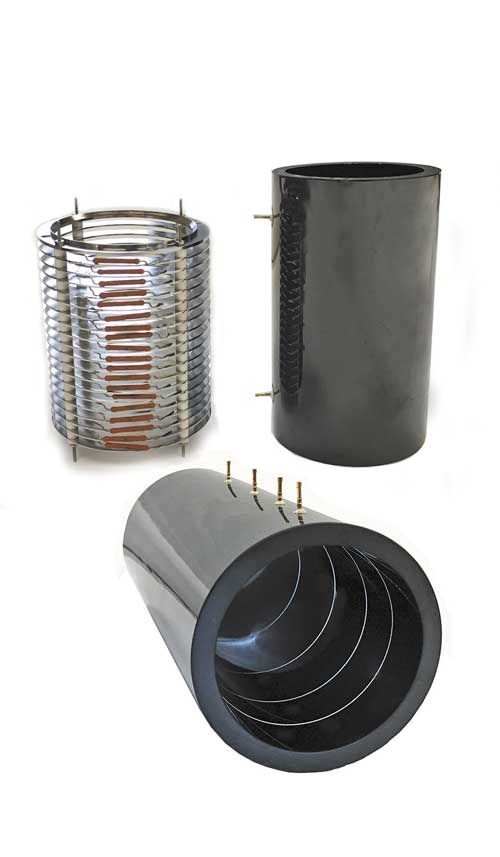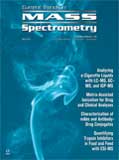Replacing Stacked Ring Reflectron Lenses with Segmented Monolithic Resistive Glass
Special Issues
Reflectron lenses are used in time-of-flight (TOF) mass spectrometers to create an electrostatic field to alter ion flow, providing for a longer flight path and therefore greater resolution.
Reflectron lenses are used in time-of-flight (TOF) mass spectrometers to create an electrostatic field to alter ion flow, providing for a longer flight path and therefore greater resolution. Current reflectron-type TOF-MS instruments use complex multi-piece stacked ring assemblies that require time consuming assembly and cleaning processes. They also require the use of a voltage divider in each layer to control the electric field.
Segmented monolithic lenses made from resistive glass can replace traditional stacked ring reflectron lenses currently used in mass spectrometers. Resistive glass tubes are designed to guide charged particles by generating a highly uniform electric field. Resistive glass products are composed of a proprietary lead silicate glass that has been specially processed to create an integral semiconductive layer on the surface.
Prior studies detailing the use of a resistive glass reflectron tube in an orthogonal TOF system showed the resistive glass tube had lower FWHM values, indicating a better energy focus, while comparative spectra between a traditional stacked ring assembly and the resistive glass tube were nearly identical (1).
An additional patent was granted to Photonis in 2012 for the manufacture of varied, nonlinear electric fields in resistive glass tubes. This new manufacturing capability enables instrument designers to produce nonlinear and dynamic fields within the lens for better instrument performance. Axial lines can be applied for use as a collision cell, or rings can be applied for use as a segmented reflectron lens.

A reflectron lens made with resistive glass provides a solid assembly replacement for a stacked ring assembly yet provides the same ability to alter ion flow. This innovation is a form-fit-function replacement for the multi-piece stacked ring assemblies, while providing the ability to manipulate the electric field inside the resistive glass tube.
The single piece assembly also greatly simplifies the cleaning and assembly process currently required for stacked ring lenses. Resistive glass can be easily cleaned with water, acetone, methanol, or IPA without degrading performance, and is resistant to scratches from light to moderate abrasions.
Reference
- S. Ritzau, B. Laprade, S. Mrotek, and R. Leffingwell, “A Direct Comparison of a Resistive Glass and Stacked-Ring Reflectron,” Burle Electro-Optics, ASMS 2006.

Photonis USA
660 Main Street, Sturbridge, MA 01566
tel. (508) 347-4000
Website: www.photonis.com

Best of the Week: Multidimensional Mass Spectrometry, Exoplanet Discovery, LIBS Plasma Behavior
March 28th 2025Top articles published this week include a long-form video interview from the American Academy of Forensic Sciences (AAFS) Conference, as well as several news articles highlighting studies where spectroscopy is being used to advance space exploration.
Exoplanet Discovery Using Spectroscopy
March 26th 2025Recent advancements in exoplanet detection, including high-resolution spectroscopy, adaptive optics, and artificial intelligence (AI)-driven data analysis, are significantly improving our ability to identify and study distant planets. These developments mark a turning point in the search for habitable worlds beyond our solar system.